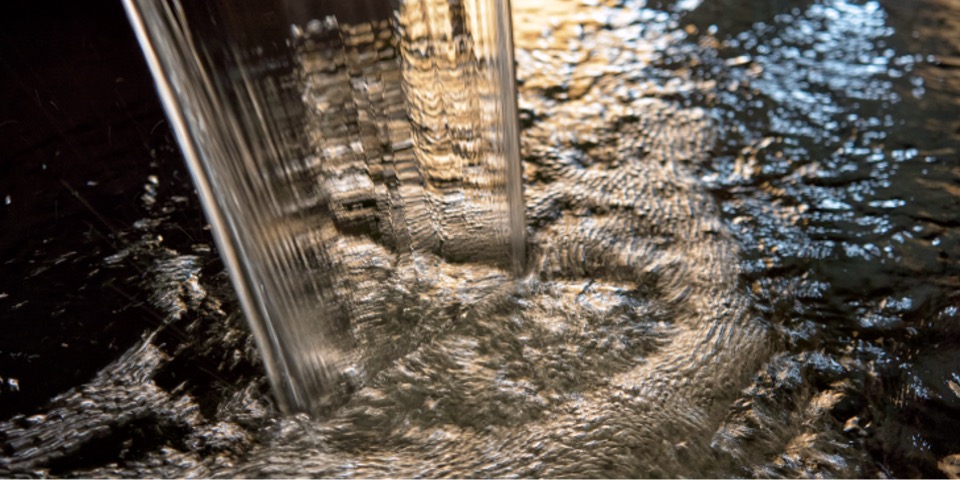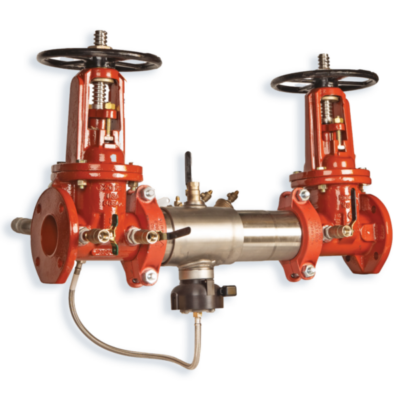When testing a backflow preventer, a technician is checking several key components to ensure the system is functioning properly and preventing contaminated water from flowing back into the clean water supply. Here’s what the technician typically checks:
- Pressure Differential:
- The technician measures the pressure on both sides of the backflow preventer to ensure there’s a proper pressure differential. A properly functioning backflow preventer will create a pressure difference that keeps water from flowing backward.
- Valves and Seals:
- The technician checks for any leaks, damage, or wear in the valves and seals. These components prevent the backflow of water, and any damage can cause failure.
- Check Valve Operation:
- Backflow preventers often contain check valves that prevent water from flowing backward. The technician will check that the check valve opens and closes properly, allowing water to flow in only one direction.
- Relief Valve Function:
- The relief valve helps prevent excess pressure by releasing water if needed. The technician tests the relief valve to make sure it is functioning correctly and will release water if the system pressure becomes too high.
- Flow Direction:
- The technician ensures that water is only flowing in the correct direction and that the backflow preventer is correctly installed to stop reverse flow.
- Air Gaps (if applicable):
- In some systems, an air gap is required to ensure there is no physical connection between the contaminated water and the clean water supply. The technician will check for any obstruction in this gap.
- Spring and Mechanical Parts:
- Many backflow preventers use springs or other mechanical components to control the movement of check valves. These parts are tested for wear and proper movement.
- Proper Calibration:
- The technician checks that the backflow preventer is properly calibrated to respond to changes in water pressure and flow, ensuring it performs as needed.
- Testing Ports:
- The technician uses test ports to check various pressures within the system to confirm that everything is operating within the specified parameters.
- Functionality of the Test Kit:
- The technician will use a backflow testing kit to verify all pressure readings and measurements are accurate. This kit helps ensure that the backflow preventer meets local and national plumbing codes.
AQUA Management and our team of nationwide licensed technicians provide peace of mind, eliminating any concerns about potential water shut-offs due to non-compliance. Contact us to learn about how your company can utilize the AQUA advantage.








